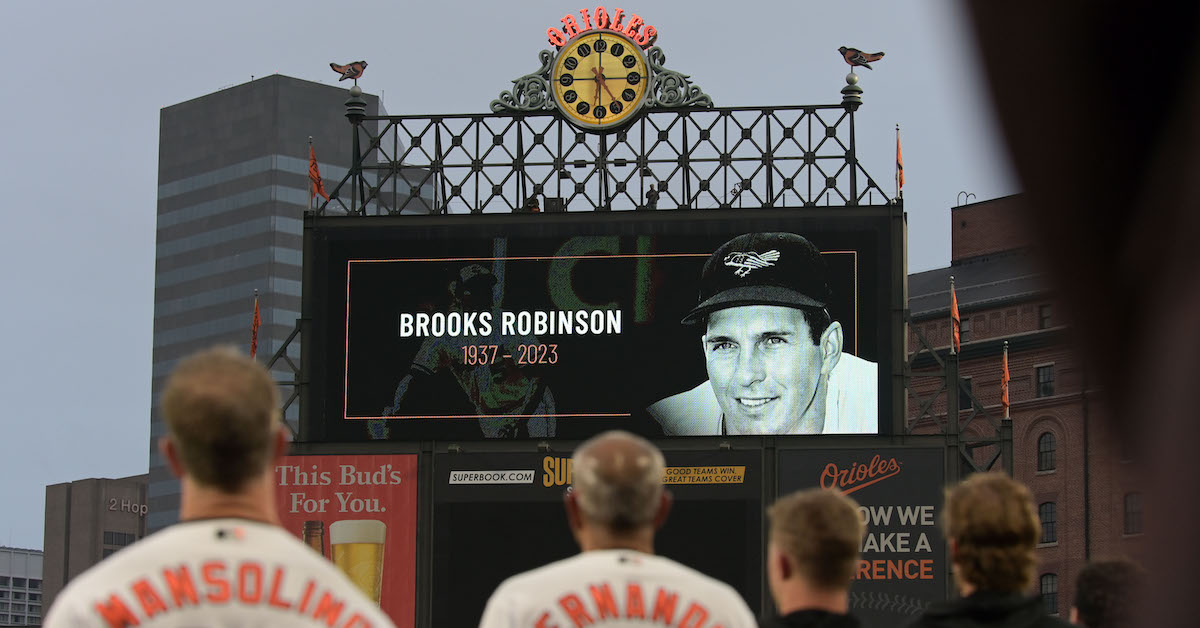JAWS and the 2024 Hall of Fame Ballot: Joe Mauer

The following article is part of Jay Jaffe’s ongoing look at the candidates on the BBWAA 2024 Hall of Fame ballot. For a detailed introduction to this year’s ballot, and other candidates in the series, use the tool above; an introduction to JAWS can be found here. For a tentative schedule and a chance to fill out a Hall of Fame ballot for our crowdsourcing project, see here. All WAR figures refer to the Baseball-Reference version unless otherwise indicated.
Joe Mauer was one of baseball’s greatest hometown-boy-makes-good stories. A former No. 1 overall pick out of Cretin-Derham Hall High School in St. Paul, Minnesota, in 2001, he spent the entirety of his 15-year career with the Twins. Despite a listed height of 6-foot-5, he excelled at catching and was also an elite left-handed hitter, with a quick, compact stroke and impeccable judgment of the strike zone. Between his outstanding two-way performances, his handsome good looks, and his wholesome public persona, he was an ideal face-of-the-franchise player. He played a central role in helping the Twins, who were targeted for contraction just five months after he was drafted, to four postseason appearances. Along the way he made six All-Star teams and won three Gold Gloves and three batting titles apiece, not to mention the 2009 AL MVP award.
Alas, the Twins were swept in each of their playoff series, and for all of Mauer’s accomplishments, his career was punctuated by injuries, starting with a meniscus tear in the second game of his rookie season. Post-concussion problems forced him to hang up the tools of ignorance and shift to first base; his power, which had only intermittently shown up even in the best of times, with one season of more than 13 homers, dissipated upon moving to the team’s beautiful new ballpark; and some segment of the fan base blamed his eight-year, $184 million contract extension for the team’s apparent financial limitations. Ultimately, he chose to retire at age 35 due to continued concussion-related complications.
All of that is proof that Mauer’s story wasn’t a fairy tale, but even so, it was a great career. So great, in fact, that Mauer ranks seventh in JAWS among catchers despite its limitations, and that’s without accounting for his above-average pitch framing, a factor that will become increasingly important to grapple with in upcoming Hall of Fame debates. Even without a bonus for his upstanding character (the original intent of the infamous clause in the voting rules), he’s eminently worthy of a spot in the Hall of Fame. Whether he’ll get there on the first try is another question, however, particularly amid a crowded field and an electorate that has not only become much less generous lately but also has rarely treated even the most obvious honorees among catchers with appropriate respect. Read the rest of this entry »








